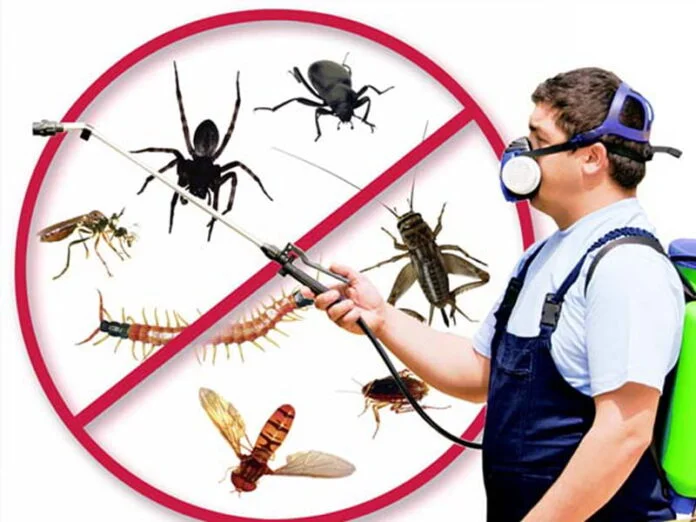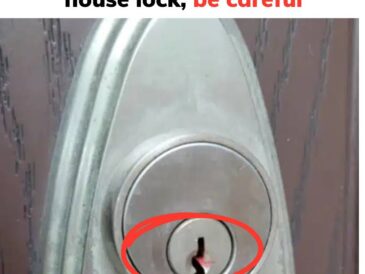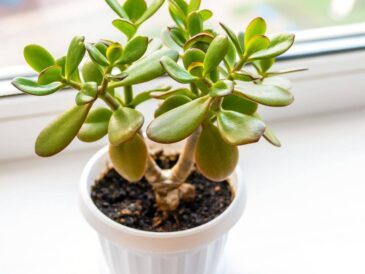One of the best things about peppermint is how easy it is to grow, even if you’ve never gardened before.
Growing Tips:
- Sunlight: Prefers bright, indirect light. A sunny windowsill is ideal.
- Watering: Keep the soil moist but not soggy. Water when the top inch of soil feels dry.
- Soil: Use well-drained, fertile potting soil.
- Container: Choose a pot with drainage holes to prevent root rot.
- Pruning: Regular trimming encourages bushier growth and stronger scent.
If grown well, your peppermint plant will thrive for years, giving you beauty, freshness, and built-in pest control all in one.
Best Places to Put Peppermint Plants in Your Home
Strategic placement is key to getting the most pest-fighting power from your peppermint.
Here are the top spots:
- Near doors and windows: Keep spiders and flying insects from sneaking in.
- Dark corners and closets: Spiders love these areas—make them less welcoming.
- Kitchen counters and pantries: Deter ants and flies from food areas.
- Basement entry points: Discourage mice from exploring hidden areas.
Spread plants throughout the house to create an invisible barrier pests won’t want to cross.
More Than Just Pest Control: The Hidden Benefits of Peppermint Indoors
In addition to its pest-repelling powers, peppermint also offers several other benefits when kept as an indoor plant:
- Improves air quality: Like many green plants, peppermint helps purify the air.
- Reduces stress: Its scent is known to promote calm, reduce anxiety, and improve mood.
- Boosts mental clarity: Many studies suggest peppermint aroma may enhance focus and alertness.
- Enhances home décor: Its rich green foliage and fresh fragrance make it both practical and pretty.
In other words, peppermint isn’t just a pest solution—it’s a home improvement.
A Simple, Safe Solution for a Healthier Home
In a world full of chemical-laden sprays, traps, and devices, peppermint offers a gentler alternative. It’s effective. It’s safe. And it enhances your living space instead of polluting it.
Whether you’re dealing with insects, rodents, or just want a fresh-smelling home that promotes well-being, adding peppermint to your indoor garden is one of the simplest—and smartest—steps you can take.
Final Thought: Let Nature Do the Work
We often underestimate the power of simple things.
But sometimes, all it takes is a small green plant in a pot to bring peace of mind, comfort, and protection to a household.
So the next time you find yourself swatting a fly, worrying about spiders in the corners, or wondering what that scratching sound is in the attic—remember that nature has already given you a solution.
And it smells like peppermint.





